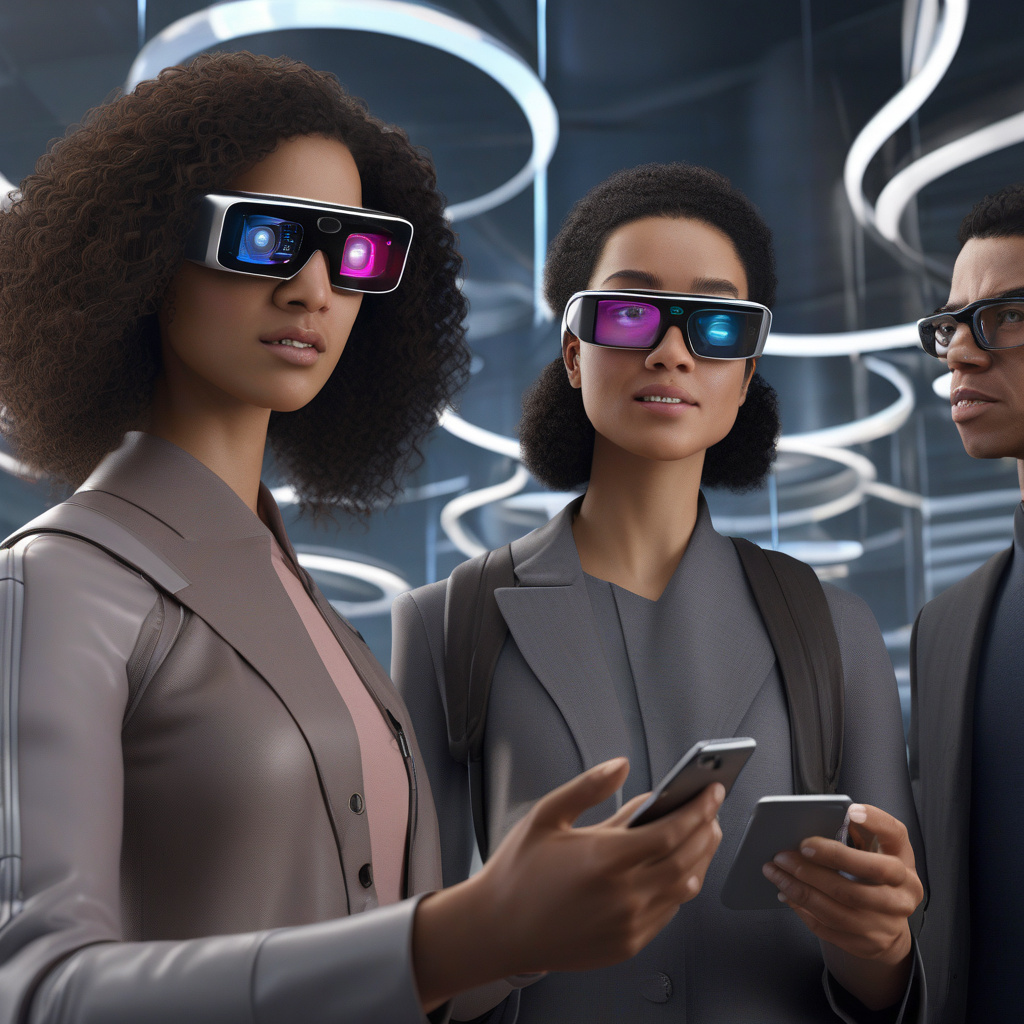Apple and Google’s Race Towards AI Glasses
In the ever-evolving landscape of technology, the future seems to be perched on our noses – in the form of AI glasses. Apple and Google are now setting their sights on this promising realm, where smart glasses are poised to become the next ubiquitous gadget, potentially overshadowing the smartphone.
Recent reports indicate that Meta, formerly known as Facebook, has taken the lead in the AI glasses domain, particularly with its non-visual AI glasses like the Ray-Ban Meta glasses. Meta’s success has stirred both Apple and Google into action, prompting them to intensify their efforts in this space to avoid being left behind.
Meta’s upcoming advancements, such as the rumored “Hypernova” smart glasses with integrated displays, have undoubtedly caught the attention of tech enthusiasts. These glasses are expected to offer a unique user experience, potentially revolutionizing how we interact with augmented reality.
On the other hand, Apple, under the visionary leadership of CEO Tim Cook, is steadfast in its determination to launch true augmented reality glasses before Meta can seize the crown. Cook’s unwavering focus on this endeavor signals Apple’s commitment to stay ahead of the curve and shape the future of AR technology.
While Apple’s vision for lightweight, all-day wearable glasses that seamlessly blend digital information with the real world sounds intriguing, the technical challenges are immense. Critical components like ultra-high-resolution displays and long-lasting batteries are still works in progress, delaying the arrival of Apple’s groundbreaking AR glasses.
Not to be outdone, Google has re-entered the AR glasses arena with a promising prototype that showcases the potential of AI-powered eyewear. By leveraging partnerships with companies like Samsung, Google aims to create a seamless integration between AR glasses and smartphones, offering users a novel way to interact with digital content.
Despite the ambitious pursuits of Meta, Apple, and Google, the road to perfecting AR glasses remains fraught with obstacles. Shrinking high-resolution displays, enhancing battery life, and ensuring comfort for prolonged wear are just a few of the hurdles that must be overcome before AR glasses can truly replace smartphones.
As the tech titans pour resources into research and development, the future of AI glasses appears tantalizingly close yet just beyond reach. The convergence of cutting-edge technology and consumer demand is propelling us towards a new era where the digital and physical worlds seamlessly intertwine, all viewed through the lens of AI glasses.

